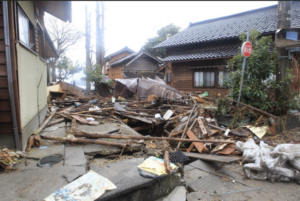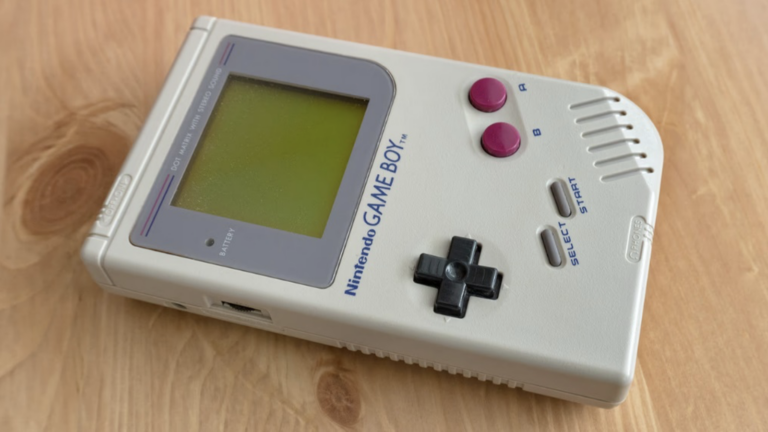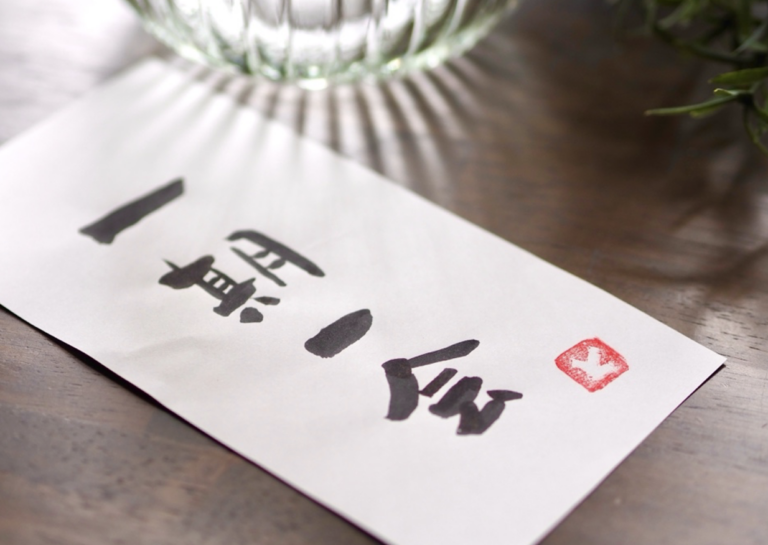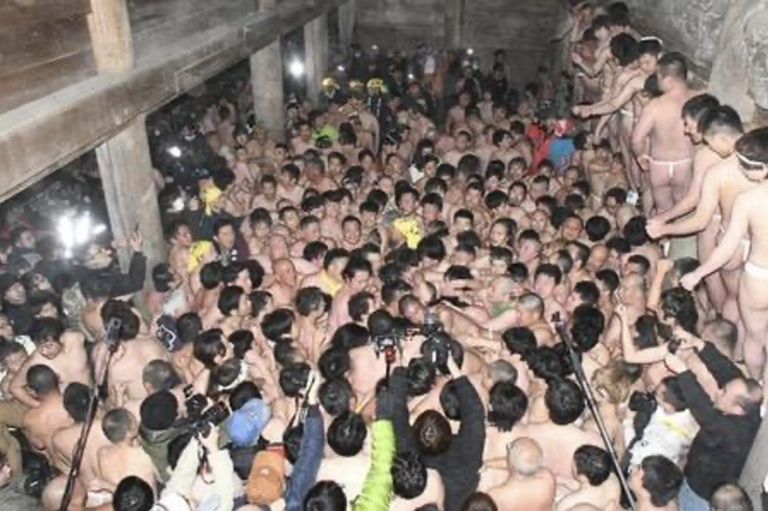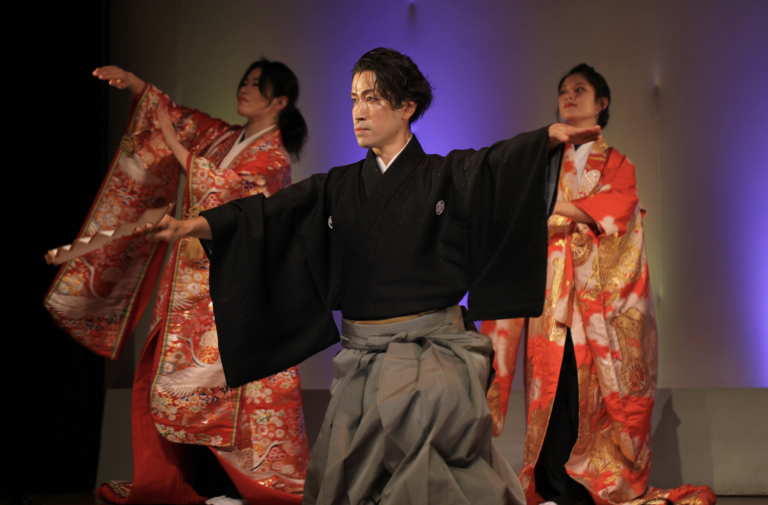The “seismic intensity” scale in earthquake-prone Japan. How is it different to Magnitude?
Japan is known as an earthquake-prone country, but did you know that more than 20% of all earthquakes in the world occur here?
In terms of area, it has only 0.3% of the world’s land area, but 10% of the world’s volcanoes are concentrated here. This makes it rich in hot springs, but also susceptible to earthquakes. Japan uses its own scale to measure the magnitude of its earthquakes.
The following is an explanation of the “seismic intensity” scale, which may be hard for foreigners living in Japan to understand.
The global standard is Magnitude (M)
Magnitude is the common measurement system in the world. This is the amount of energy of the earthquake itself and is characterized by the fact that only one number is marked per earthquake. Geologically, this is an important figure, but there may be discrepancies with the actual shaking. For example, whether the earthquake occurred in a deep or shallow geological formation.
The magnitude of the shaking felt by people differs depending on whether it is in a deep or shallow stratum, or in a stratum that transmits the shaking significantly in terms of geological formations.
What is “seismic intensity”, a uniquely Japanese term?
The seismic intensity is separate from the magnitude and quantifies the actual shaking of the earth’s surface. In Japan, as many as 600 seismic intensity meters have been set up to measure this shaking. The values are then announced as seismic intensity.
Even for a single earthquake, the seismic intensity varies from region to region and is usually indicated on a map:
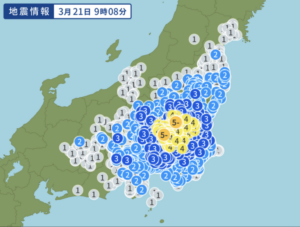
Why is the maximum intensity limited to 7?
I will avoid going into details about the mathematical formula, but the most important reason is that there have been no earthquakes in the past with an intensity of 8.
The measured seismic intensity is calculated as precisely as possible, and if it is less than 0.5, it is announced as seismic intensity 0. If it is between 0.5 and 1.5, it is as a 1. This means that a seismic intensity of 8 would be between 7.5 and 8.5, but this is not necessary because it has not occurred in the past or in the world as a whole. Another reason is that the establishment of earthquake task forces and relief measures are detailed for each level of seismic intensity, but since maximum measures are taken at intensity 7, higher numbers are not necessary due to the suddenness of the earthquake.
Curious additional figures: what are 6- and 6+?
Previously there were eight levels from 0 to 7, but now there are 10 levels, so that both 5 and 6 are divided into two more levels: 5-, 5+ and 6-, 6+.
In the measurement figures, the difference between each stage is common at 1. However, as the difference of 1 becomes considerably larger when the intensity of the earthquake is greater, it is separated into two, so that the announcement can be more accurately suited to the actual shaking.
The reason why 8 and 9 were not added to make the 10 levels easier to understand is that it would be confusing if they were shifted from the measured values.
What kind of damage actually occurs?
Most buildings in Japan have a solid earthquake-resistant structure, so an earthquake of intensity 4 or so will not cause any problems. Even so, they still shake quite a bit, which can be quite frightening.
At an intensity of 5 or lower, the shaking is quite severe, and even if the building is safe, the level of fear can be quite strong, as dishes and other items on shelves can fall off. A 5+ makes it difficult to walk.
I experienced an earthquake of intensity 6- in 2011, and it was difficult to even stand up. I have not experienced a 7, but it is too frightening to think of seismic activity that is two levels higher.
The scariest thing is not the shaking, but fires and tsunamis
In areas with many old buildings, the collapse of buildings is frightening, but it is the fires and tsunamis that cause the most damage in earthquakes. Tsunamis are particularly frightening.
Many people think that tsunamis are simply big waves, but that is not the case. Normal waves move only on the surface of the sea, whereas tsunami waves move from the seabed to the surface, so their power is completely different, even if the height is the same.
A 30 cm wave may not sound like much, but a 30 cm tsunami hitting the human body can add 50-60 kg of force, which can wash away children and lighter men and women. A 50 cm wave can add 50-60 kg of force. The 2011 Tohoku Earthquake triggered a tsunami of 9.3 meters, which destroyed whole towns.
Never go near the sea after an earthquake. Rivers are also no good, as water from the sea can rush upstream.
Japan has made history alongside natural disasters. As a result, the amount of knowledge is quite extensive, so listen seriously to the information on TV and the people around you and act with caution.
ABE KENGO


